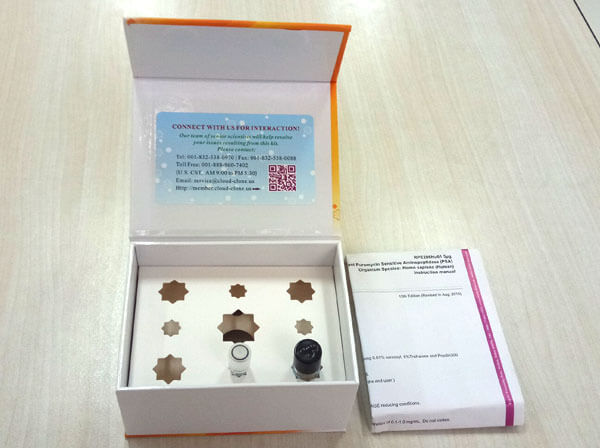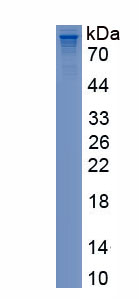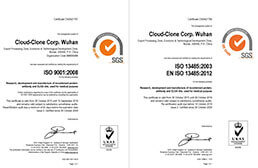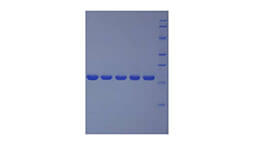Active Complement Factor B (CFB) 

CF-B; BF; BFD; CFAB; GBG; H2-Bf; PBF2; B-Factor; Properdin; Properdin factor B; C3/C5 convertase; Glycine-rich beta glycoprotein
- UOM
- FOB US$ 264.00 US$ 660.00 US$ 1,320.00 US$ 3,960.00 US$ 9,900.00
- Quantity
Overview
Properties
- Product No.APC011Si02
- Organism SpeciesRhesus monkey (Simian) Same name, Different species.
- ApplicationsCell culture; Activity Assays.
Research use only - DownloadInstruction Manual
- CategoryInfection immunityImmune moleculeHematologyAutoimmunity
- Buffer FormulationPBS, pH7.4, containing 0.01% SKL, 5% Trehalose.
- Traits Freeze-dried powder, Purity > 80%
- Isoelectric Point7.5
Sign into your account
Share a new citation as an author
Upload your experimental result
Review

Contact us
Please fill in the blank.
Activity test
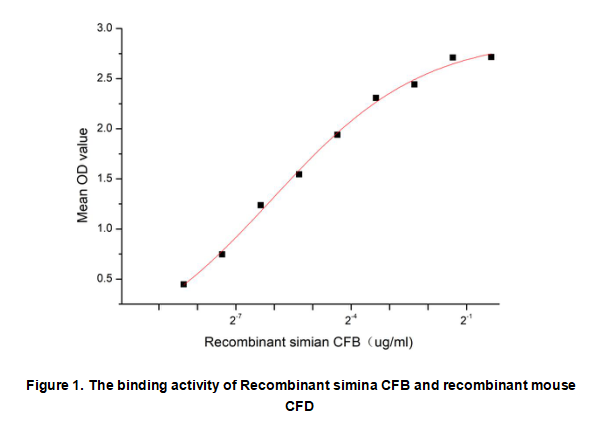
Complement factor B (CFB), a 95-kDa protein, is a crucial catalytic element of the alternative pathway (AP) of complement. Upon cleavage by Complement Factor D (CFD), CFB splits into fragments Ba (inactive) and Bb, the latter forming the active C3 convertase (C3bBb). This enzyme amplifies complement activation by cleaving C3 into C3a/C3b, driving inflammation, opsonization, and membrane attack complex formation. CFB deficiency disrupts immune defense, linking it to infections and autoimmune disorders like atypical hemolytic uremic syndrome (aHUS).Thus a functional ELISA assay was conducted to detect the interaction of recombinant simina CFB and recombinant mouse CFD. Briefly, CFB was diluted serially in PBS with 0.01% BSA (pH 7.4). Duplicate samples of 100 μl were then transferred to CFD-coated microtiter wells and incubated for 1h at 37℃. Wells were washed with PBST and incubated for 1h with anti-CFB pAb, then aspirated and washed 3 times. After incubation with HRP labelled secondary antibody for 1h at 37℃, wells were aspirated and washed 5 times. With the addition of substrate solution, wells were incubated 15-25 minutes at 37℃. Finally, add 50 µL stop solution to the wells and read at 450/630nm immediately. The binding activity of recombinant simina CFB and recombinant mouse CFD was shown in Figure 1, the EC50 for this effect is 0.015 ug/mL.
Usage
Reconstitute in 10mM PBS (pH7.4) to a concentration of 0.1-1.0 mg/mL. Do not vortex.
Storage
Avoid repeated freeze/thaw cycles. Store at 2-8°C for one month. Aliquot and store at -80°C for 12 months.
Stability
The thermal stability is described by the loss rate. The loss rate was determined by accelerated thermal degradation test, that is, incubate the protein at 37°C for 48h, and no obvious degradation and precipitation were observed. The loss rate is less than 5% within the expiration date under appropriate storage condition.
Increment services
-
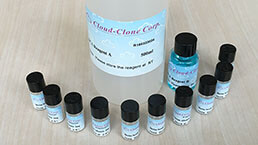 BCA Protein Quantification Kit
BCA Protein Quantification Kit
-
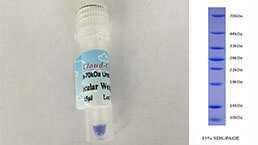 Molecular Mass Marker for Protein
Molecular Mass Marker for Protein
-
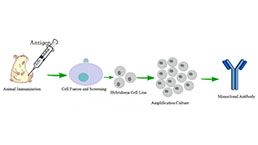 Monoclonal Antibody Customized Service
Monoclonal Antibody Customized Service
-
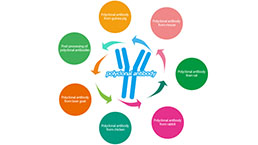 Polyclonal Antibody Customized Service
Polyclonal Antibody Customized Service
-
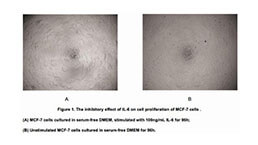 Protein Activity Test Experiment Service
Protein Activity Test Experiment Service
-
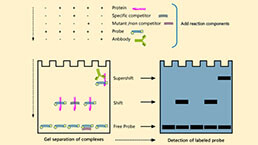 Electrophoretic Mobility Shift Assay (EMSA) Experiment Service
Electrophoretic Mobility Shift Assay (EMSA) Experiment Service
-
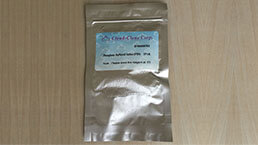 Buffer
Buffer
-
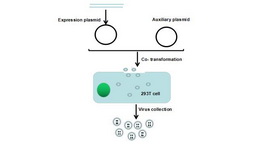 Lentivirus Packaging Experiment Service
Lentivirus Packaging Experiment Service
-
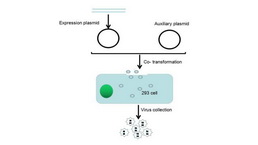 Adenovirus Packaging Experiment Service
Adenovirus Packaging Experiment Service
-
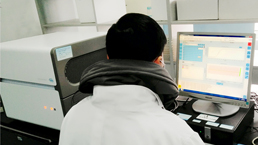 Real Time PCR Experimental Service
Real Time PCR Experimental Service
-
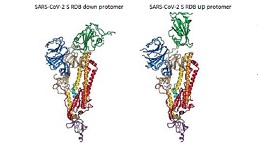 Spike RBD Protein (S-RBD)
Spike RBD Protein (S-RBD)
-
 Protein G
Protein G
-
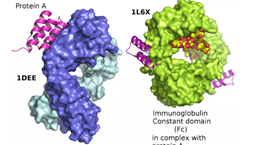 Protein A
Protein A
Citations
- Complement in patients receiving maintenance hemodialysis: functional screening and quantitative analysisBioMed: 14712369
- Identification and Confirmation of Differentially Expressed Fucosylated Glycoproteins in the Serum of Ovarian Cancer Patients Using a Lectin Array and LC–MS/MSACS: pr300330z
- Atypical hemolytic uremic syndrome: Korean pediatric seriesPubMed: 25443527
- Acute and prolonged complement activation in the central nervous system during herpes simplex encephalitisPubmed:27235358
- Adipose tissue complement factor B promotes adipocyte maturation.pubmed:29137982
- Serum exosomes from newborn piglets restrict porcine epidemic diarrhea virus infection
- Identification of susceptibility locus shared by IgA nephropathy and inflammatory bowel disease in a Chinese Han populationPubmed: 31857673
- Association between thrombotic microangiopathy and activated alternative complement pathway in malignant nephrosclerosis33367879
- Changes in complement alternative pathway components, factor B and factor H during dengue virus infection in the AG129 mouse33410734
- Early Diagnostic Ability of Human Complement Factor B in Pancreatic Cancer Is Partly Linked to Its Potential Tumor-Promoting Role34766501
- A Three-Protein Panel to Support the Diagnosis of Sepsis in ChildrenPubmed:35329889




